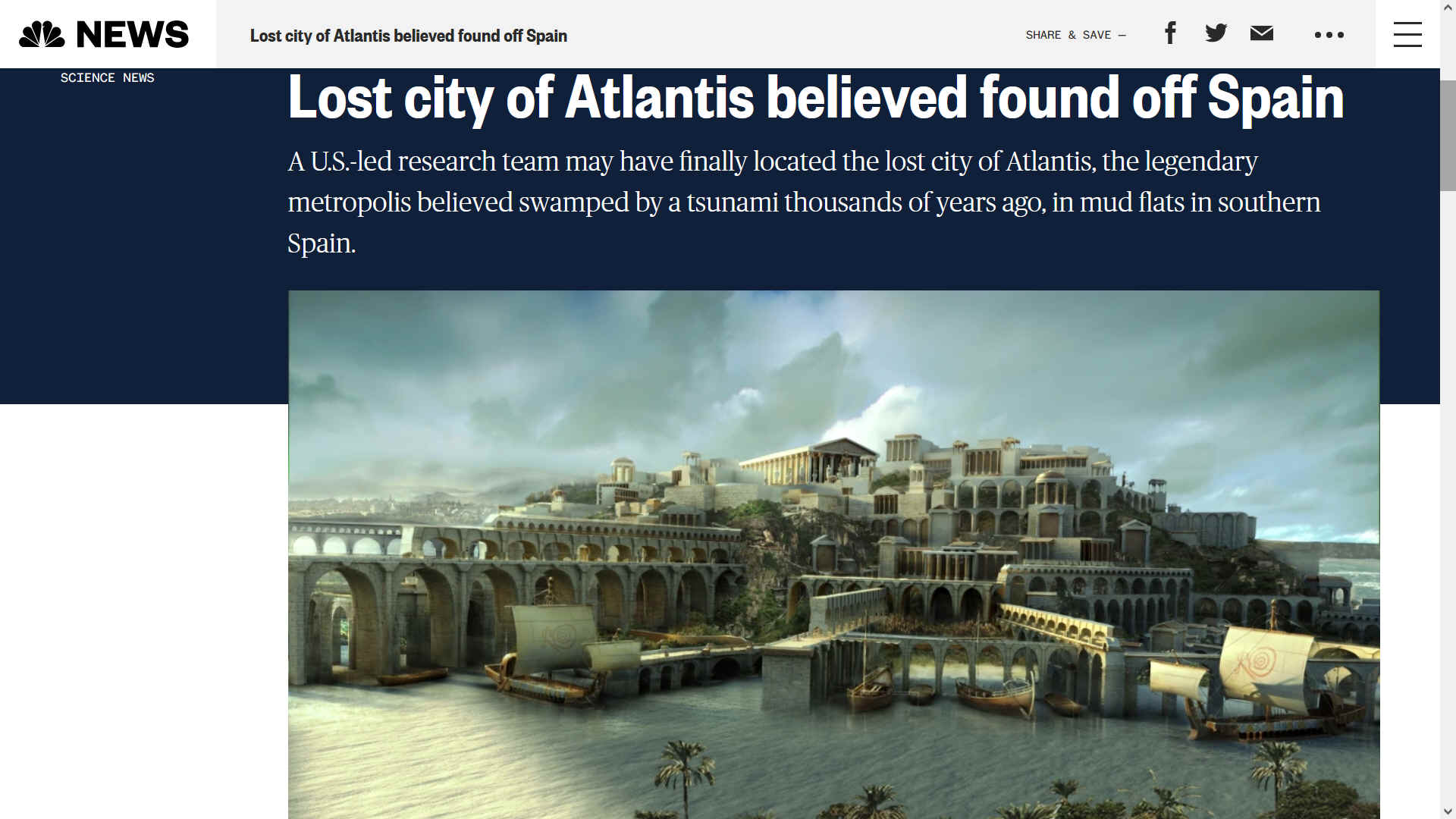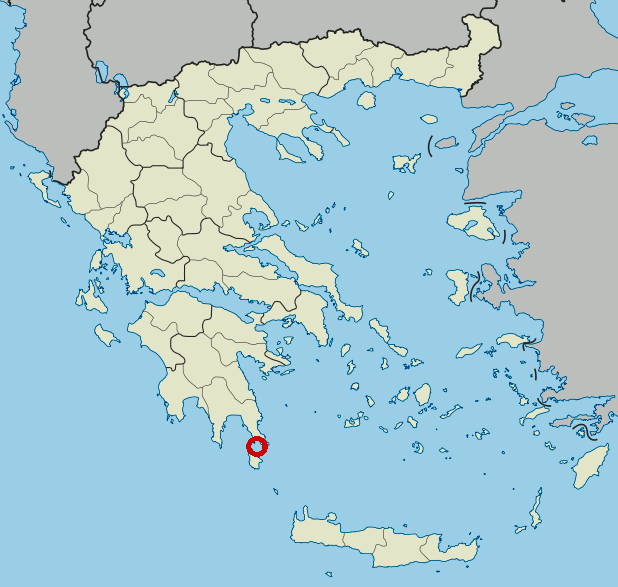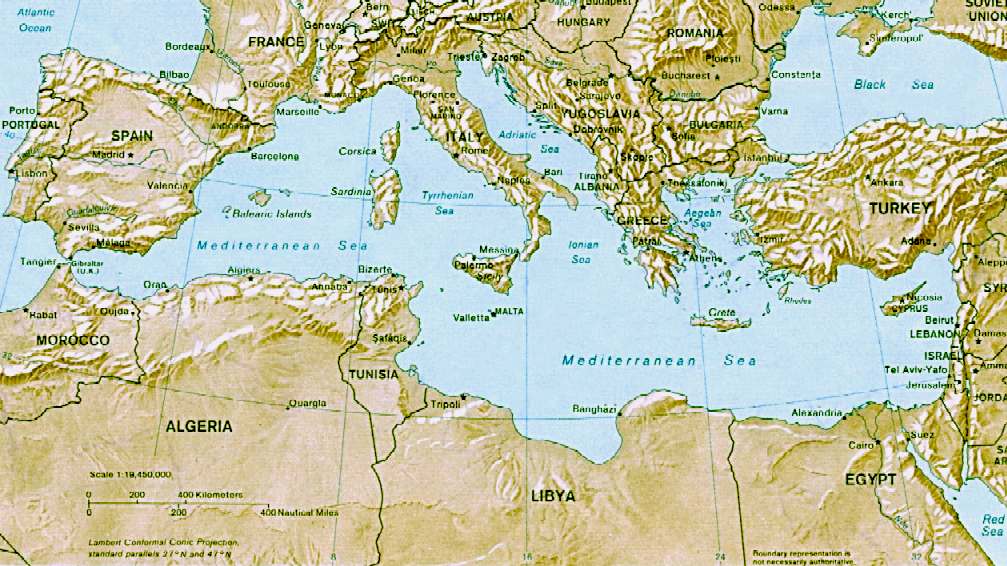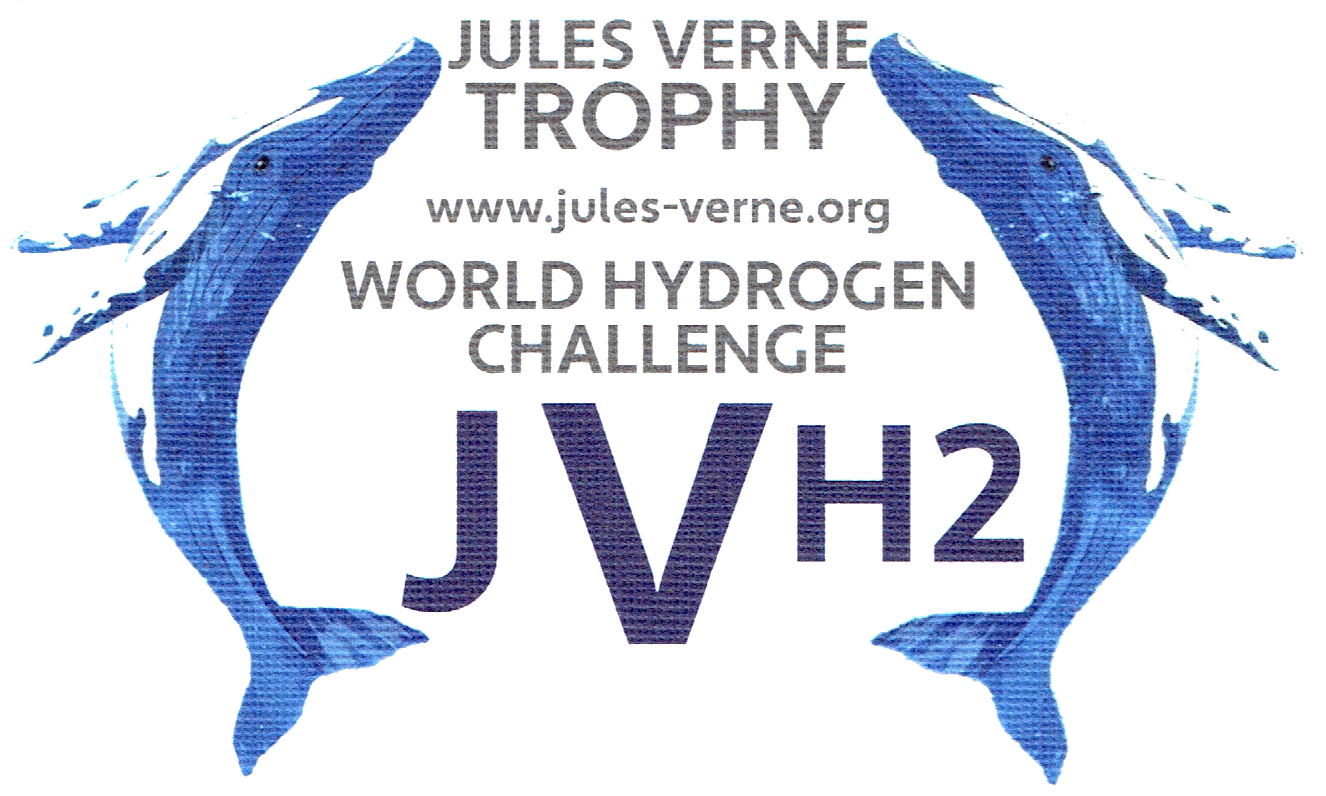|
PAVLOPETRI - GREECE
OCEAN AWARENESS - UNDERWATER ARCHAEOLOGY
Please use our A-Z INDEX to navigate this site or return HOME
|
|
|
RACE AGAINST TIME: Ocean levels are rising as the Arctic and Antarctic ice caps melt from being warmed due to climate change. Today islands are sinking as we write. That is the legacy that we are creating, and must do our utmost to undo.
|
|
|
|
|
|
In 1967 an oceanographer discovered what looked like ancient ruins and a year later a survey produced a plan of a prehistoric town thought to be Mycenaean, lying in three to 12 feet of water in the Peloponnese, in south-western Greece. Pavlopetri, named after a nearby settlement, has since been touted as the oldest underwater city, dating to the Bronze Age, and occupied from the third millennium until 1100 B.C. Located steps away from a sandy beach, it is a miracle that it is in such good condition.
You can see it for yourself by donning a wet suit and diving into Inner Space.
LOCATION MAP: Greece and Crete, with Pavlopetri shown in red.
The city of Pavlopetri (Greek: Παυλοπέτρι), underwater off the coast of southern Laconia in Peloponnese, Greece, is about 5,000 years old, making it one of the oldest submerged lost cities, as well as the oldest in the
Mediterranean
sea. Pavlopetri is unique in having an almost complete town plan, including streets, buildings, and tombs.
Ocean literacy could be taught in schools, as part of an educational curriculum to raise awareness of just how important the subsea kingdom is for land dwellers.
What lost treasures might we discover as the mysteries of the deep unfold, armed with new underwater technology and an army of freshly educated researchers with an interest in the deep.
ATLANTIS - MEDITERRANEAN SEA ATLIT-YAM - ISRAEL
PAVLOPETRI - GREECE RUNGHOLT
- DENMARK YONAGUNI JIMA - JAPAN
REFERENCE
https://www.
|
|
|
|
|
|
Please use our A-Z INDEX to navigate this site
This website is Copyright © 2022 Jameson Hunter & Cleaner Ocean Foundation Ltd, equal opportunities companies. This website is carbon friendly, using less energy to load on average per page via simplicity & picture optimization. The same may not apply to third party links.
|



